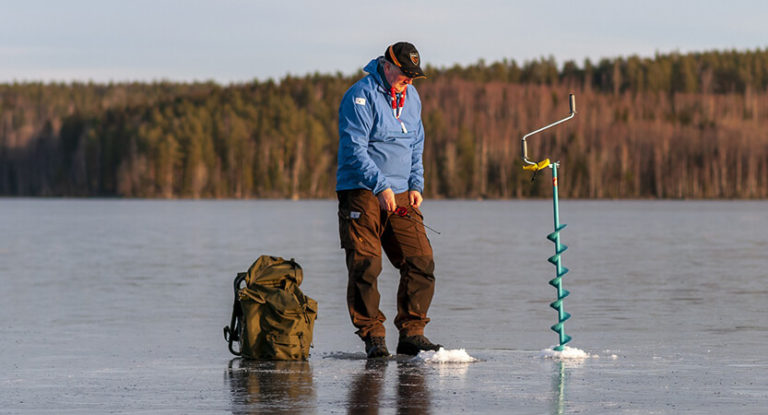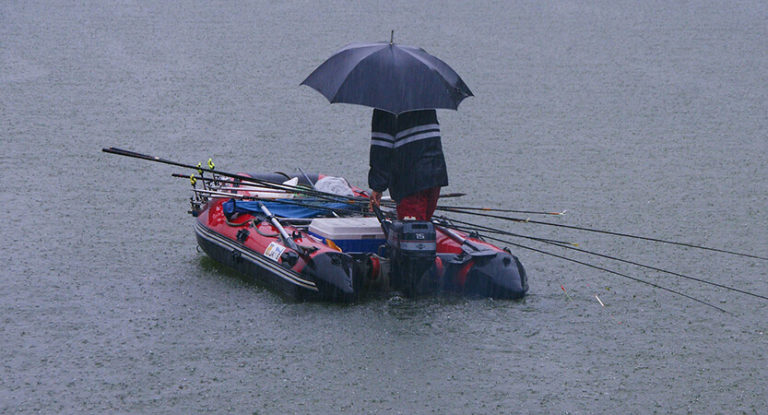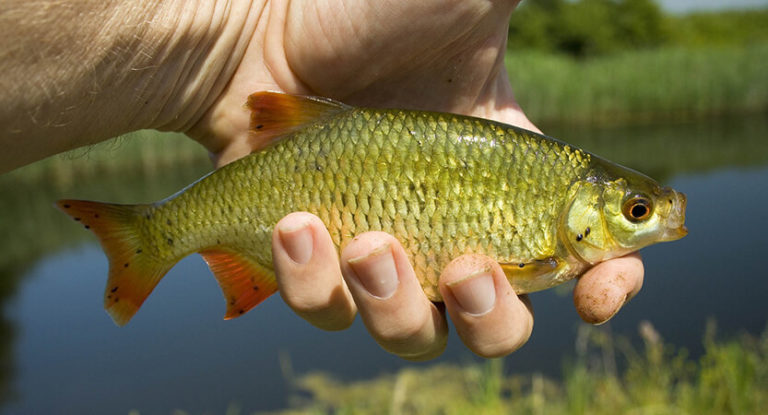Sturgeon fish are listed in the Red Book (IUCN-96 Red List, CITES Appendix 2) and belong to the first category of rarity – individual populations of a widespread species that are threatened with extinction.
Please note that sturgeon fish can only be caught in paid reservoirs.
Sturgeons are a fairly extensive genus of semi-migratory and migratory fish. Most species of these ancient fish can reach gigantic sizes, some 6 m long and weigh more than 800 kg. The appearance of sturgeons is quite memorable and has common features. The body of the fish is covered with rows of bugs.
Here is an overview of the content of this tutorial, feel free to jump to any section you care about:
For more fishing instructions, take a look at these popular Trizily links: Perch Fishing, Grouper Fishing.
- The 10 best fish finders for the money 2022
- The 9 best lures for bass fishing 2022
- The 7 best baitcasting reels 2022
- The 7 best underwater fishing cameras 2022
Sturgeon Fishing
Characteristics and habits of sturgeon
In appearance, sturgeons are similar to each other. Of the eleven species living on the territory of our country, one can distinguish sterlet (it has mainly “miniature” sizes, about 1-2 kg) and Amur kaluga (reaches a weight of up to 1 ton).
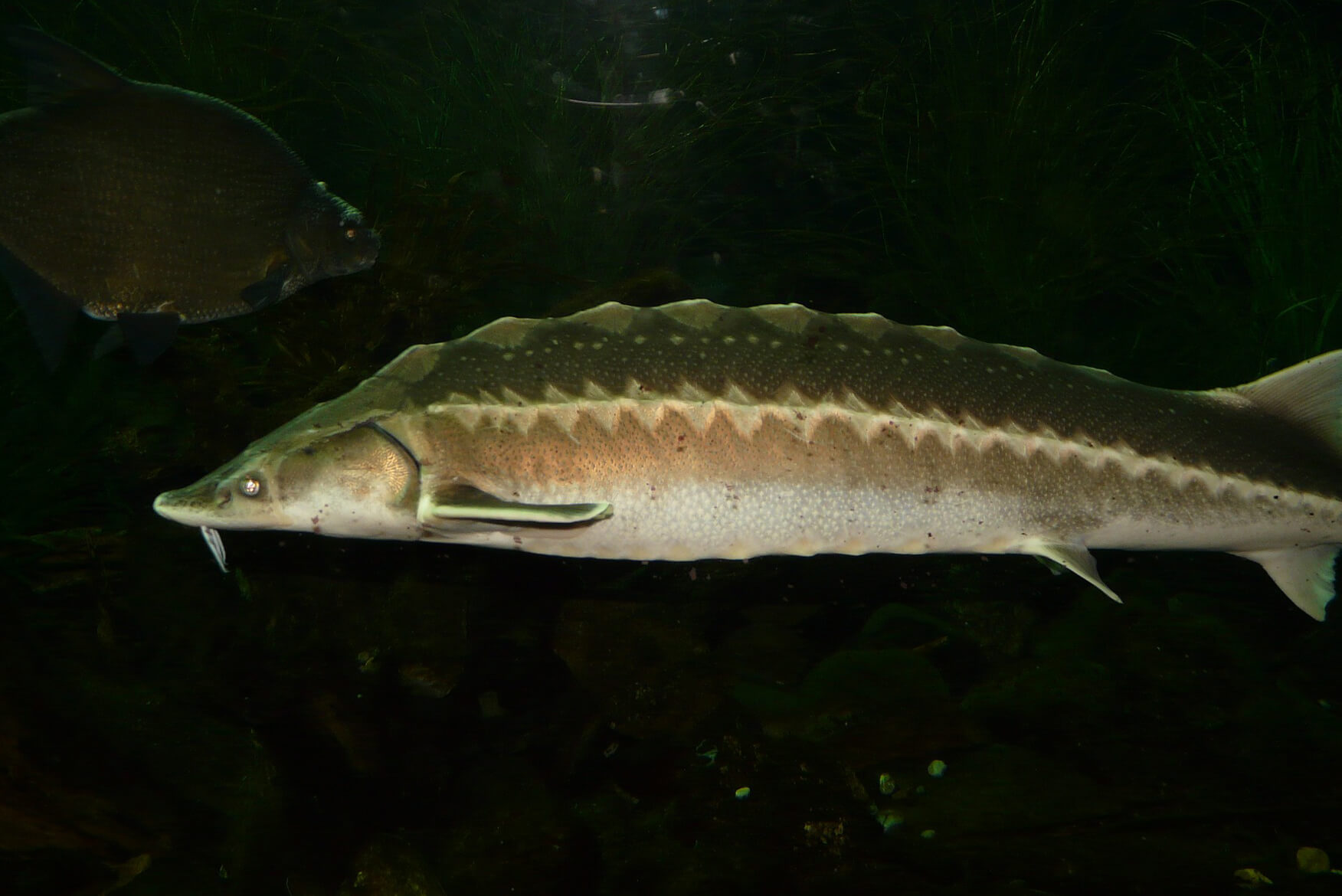
In some regions, paddlefish that are not “local residents”, are artificially bred. They also belong to the sturgeon order, but they are allocated in a separate family. Many breeds are characterized by complex intraspecific features of existence (as in the case of salmon fish); the emergence of dwarf and settled forms involved in spawning with migratory fish; non-annual entry into spawning and so on. Some species can form hybrid forms, for example, the Siberian sturgeon mixes with sterlet, and the hybrid is called a bonfire. Europe Sturgeon also mixes with a thorn, beluga, stellate sturgeon. Many closely related species, but living at a considerable distance from each other, can have quite strong genetic differences.
Reproduction habit of sturgeon
The fertility of sturgeons is very high. Large individuals can spawn several million eggs, although many species of sturgeon are on the verge of extinction. This is due to the environmental situation in the region of residence and poaching. Sturgeon spawning takes place in the spring, but the period of spawning migration is complex and specific for each species. Northern ecological groups grow much more slowly, maturity can occur only at the age of 15-25, and the spawning frequency is 3-5 years. For southern breeds, this period varies between 10-16 years.
Sturgeon fishing guide: Techniques, bait and gear
Sturgeon fishing techniques
All sturgeons are exclusively bottom fish. The lower position of the mouth characterizes their way of eating. Most sturgeons have a mixed diet. Recreational fishing in most natural reservoirs is prohibited or strictly regulated. In private reservoirs, sturgeons can be caught using bottom and float gear, provided that the bait is located at the bottom of the reservoir. Some anglers practice spinning fishing. It is worthwhile to discuss with the owner of the reservoir in advance on what conditions fishing takes place. When fishing on a catch-let-go basis, you may need to use hooks without barbs. In autumn and spring, sturgeon can also actively peck on jig and other spinning lures in the “wild” reservoirs.
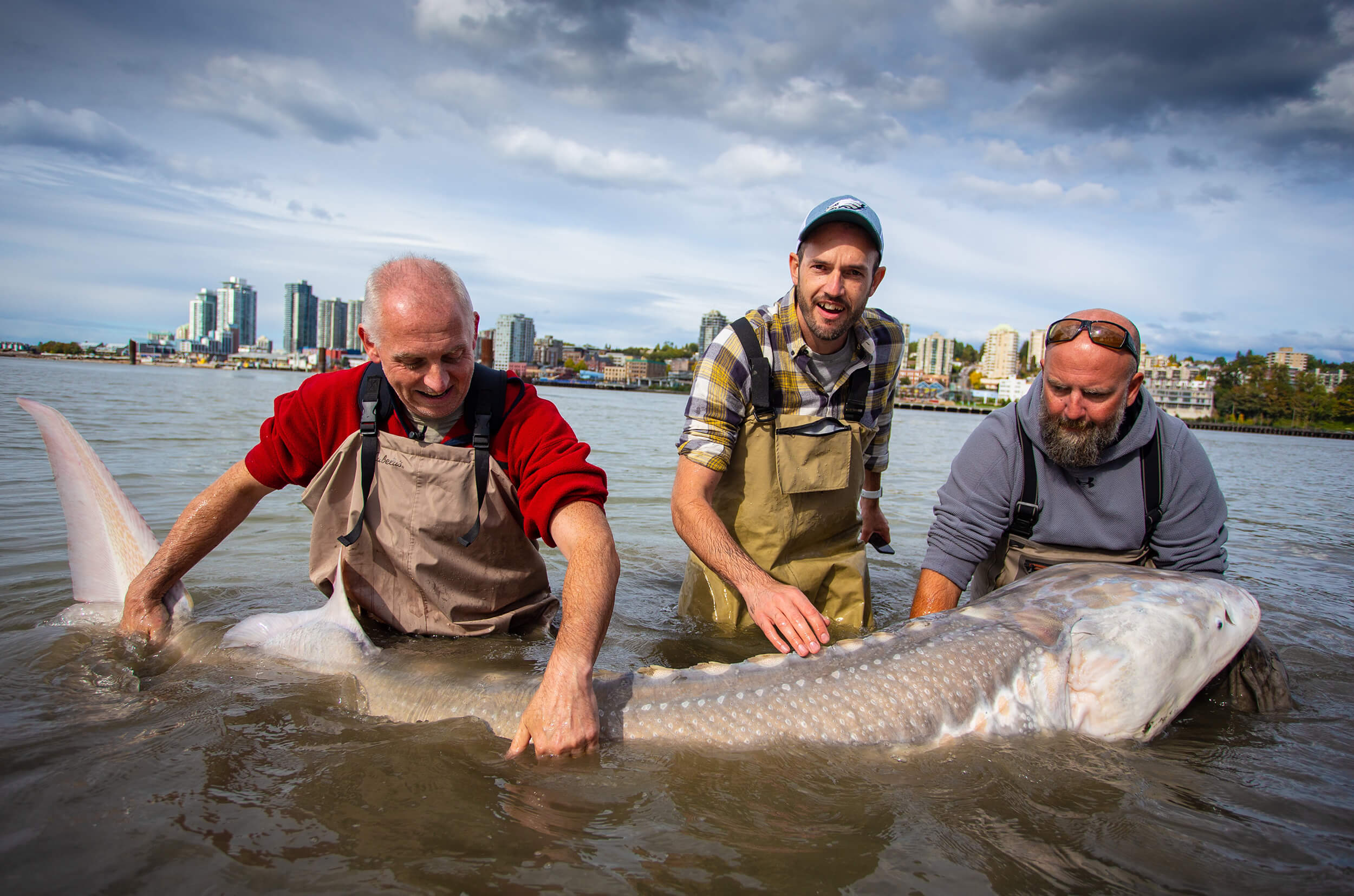
Catching sturgeon on bottom gear
Before going to the reservoir where the sturgeon is found, check the fishing rules for this fish. Fishing at fish farms is regulated by the owner. In most cases, the use of any bottom fishing rods and snacks is permitted. Before fishing, check the sizes of possible trophies and the recommended bait in order to know the necessary power of the fishing line and the size of the hooks. An indispensable accessory for sturgeon fishing should be a large landing net.
Feeder and picker fishing is very convenient for most, even inexperienced, anglers. They allow the fisherman to be quite mobile in the pond, and due to the possibility of point feeding, they can quickly “collect” fish in a given place. The feeder and picker, as separate types of equipment, currently differ only in the length of the rod. The basis is the presence of a bait tank-sinker (feeder) and interchangeable tops on the rod. The tops vary depending on the fishing conditions and the weight of the feeder used. Various worms, shell meat and more can serve as a fishing nozzle.
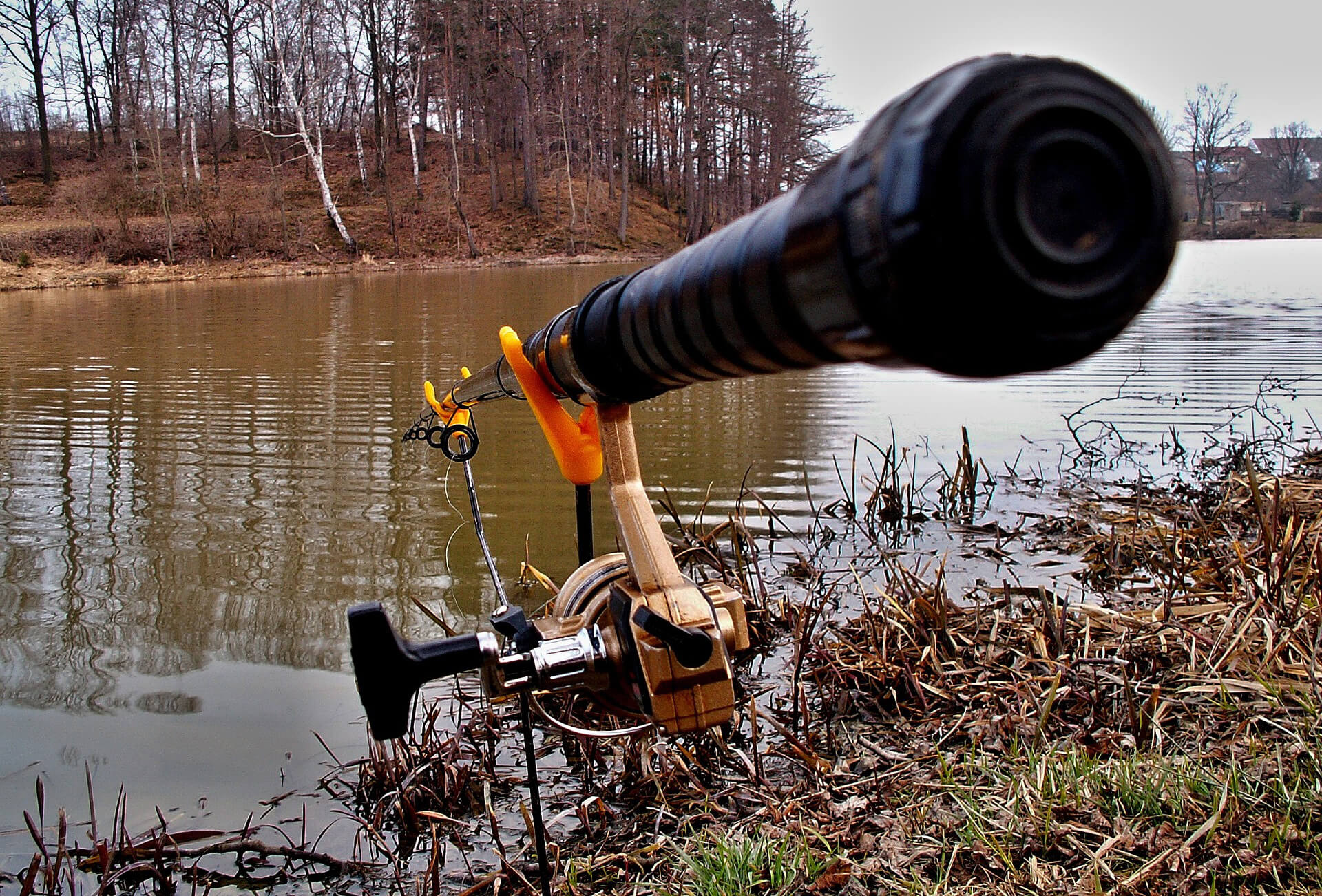
This fishing method is available to everyone. Tackle is not demanding on additional accessories and specialized equipment. You can fish in almost any body of water. Pay attention to the choice of feeders in shape and size, as well as bait mixtures. This is due to the conditions of the reservoir (river, pond, etc.) and the food preferences of local fish. It is worth remembering that for successful sturgeon fishing, in the absence of biting, it is necessary to avoid passive sitting at the tackle. If there is no bite for a long time, you need to change the place of fishing or, at least, change the nozzle and the active part of the bait.
Catching sturgeon on float gear
Floating equipment for sturgeon fishing in most cases is quite simple. Preference should be given to rods with “running equipment.” Using a coil, it is much easier to pluck large specimens. Equipment and fishing lines can be with increased strength properties – the fish is not very careful, especially if the pond with muddy water. The gear should be adjusted so that the nozzle is at the bottom. As with the feeder rod, successful fishing will require a large amount of bait. The general tactics of fishing are similar to bottom fishing. If there is no bite for a long time, you need to change the place of fishing or the nozzle. The nutritional preferences of local fish should be clarified by experienced fishermen or fishing organizers.
Winter sturgeon fishing
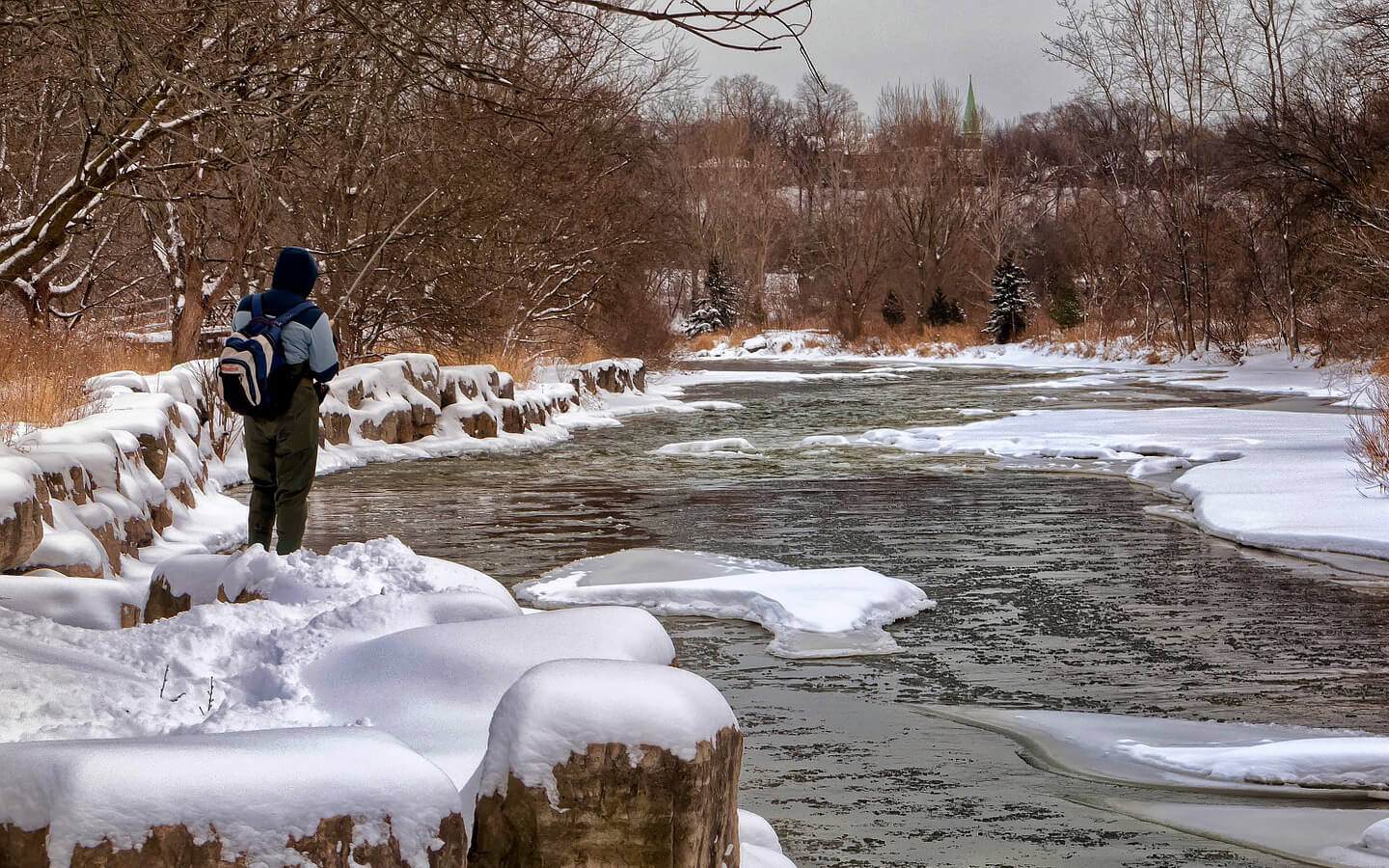
In winter, sturgeon goes into the deep parts of reservoirs. Winter bottom equipment is used for fishing: both float and nod. When fishing from ice, special attention should be paid to the size of the holes and the fishing of the fish. Due to the structural features of the head and the location of the mouth, difficulties may arise. The strength and fastening of gear on ice is one of the important moments of winter fishing on sturgeon.
Sturgeon fishing bait
Sturgeon is caught on various animal and plant heads. In nature, some types of sturgeon may specialize in a particular type of feed. This applies to freshwater species. With regard to cultural enterprises, here the fish is characterized by a more “diverse menu”, including plant origin. The diet depends on the feed used by the owners of the reservoir. For sturgeon fishing highly aromatic bait and bait are recommended. For nozzles use the liver, various meat of fish, shrimp, shellfish, fry, as well as peas, dough, corn, etc. And the natural food of sturgeons are various representatives of benthic benthos, worms, maggots and other invertebrate larvae.
Where to catch sturgeon
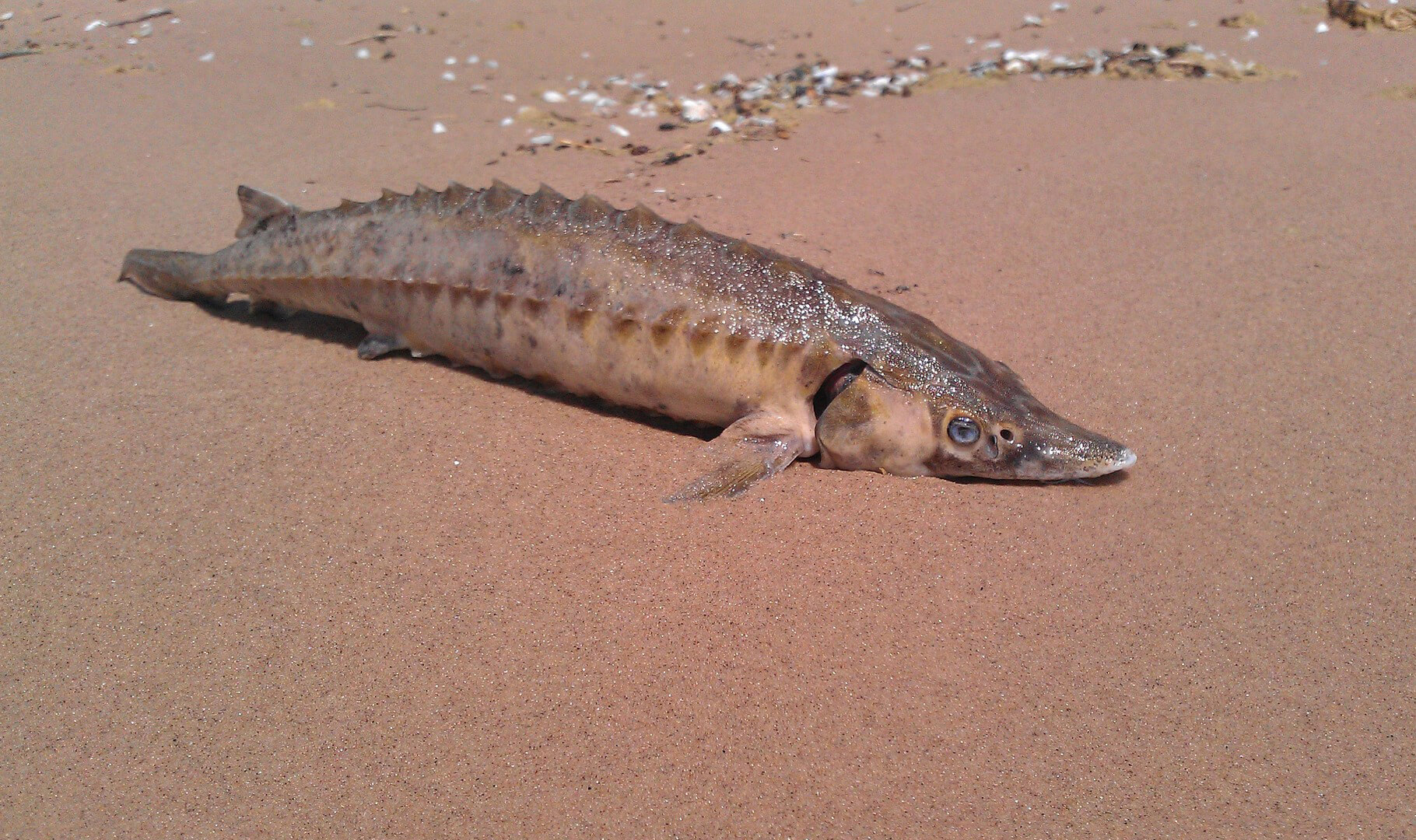
Most sturgeon species live in the temperate zone of Eurasia and North America. In the Pacific region, the Sakhalin sturgeon lives, which comes to spawn in rivers: both the mainland and the island zone. Many species go to sea for feeding. There are also freshwater species that live in lakes and form settled groups in rivers. The largest number of sturgeons lives in the Caspian Sea basin (about 90% of all reserves of this species in the world). Sturgeons prefer deep places, but depending on the conditions of the reservoir and nutrition (bottom benthos, mollusks, etc.) they can migrate in search of accumulation of food. In winter, rivers form clusters in wintering pits.

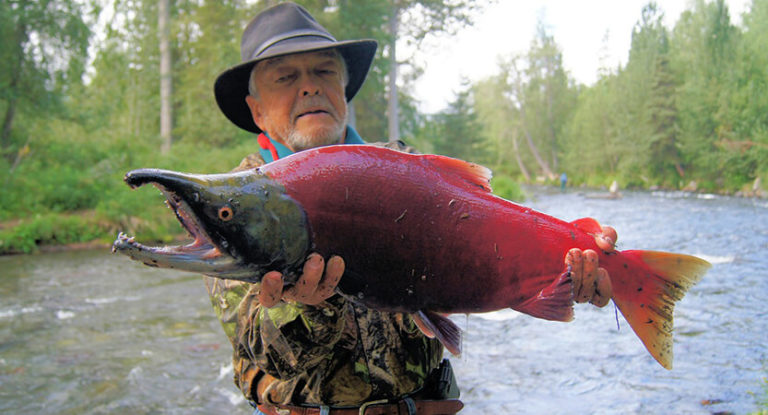
![The 9 Best Fly Fishing Forceps [ 2023 Update] 7 The 9 Best Fly Fishing Forceps [ 2023 Update]](https://trizily.com/wp-content/uploads/2022/03/best-fly-fishing-forceps-768x768.jpg)
![The 9 Best Headlamps for Fishing in 2023 [Buyers Guide] 17 The 9 Best Headlamps for Fishing in 2023 [Buyers Guide]](https://trizily.com/wp-content/uploads/2022/03/best-fishing-headlamps-768x768.jpg)
